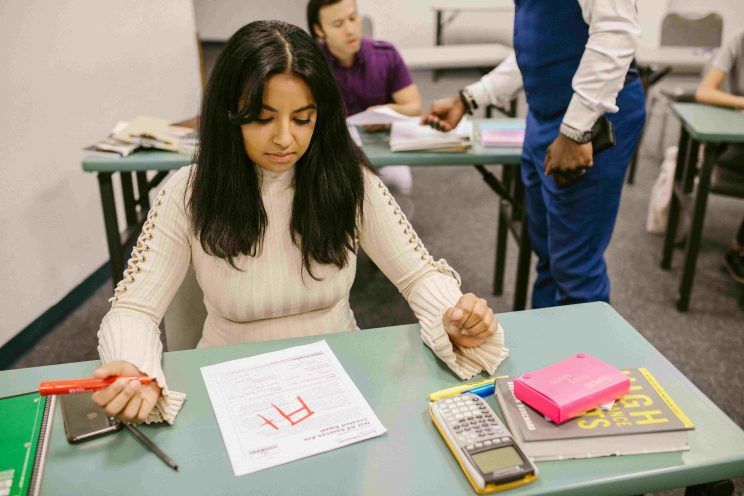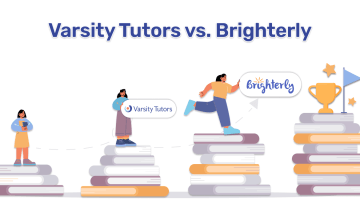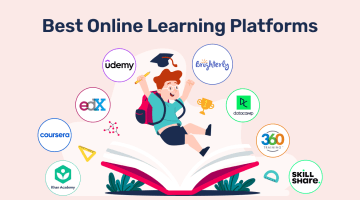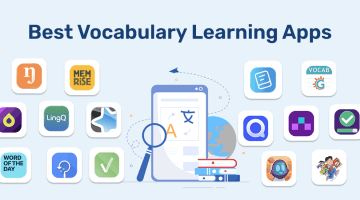Student Progress Monitoring: Advantages and Disadvantages
reviewed by Jessica Kaminski
Updated on June 30, 2025
In traditional educational settings, our children are constantly monitored through various assignments, such as tests, quizzes, homework, and projects. However, when monitoring student learning in the classroom, do teachers and parents really understand how well children progress with the subjects?
Standardized tests aren’t perfect and can only compare your child’s performance with other students in school or other educational settings. In this article, we discuss what progress monitoring is in education, how it can be evaluated, the benefits of progress monitoring, and whether we can monitor our kids’ progress better.
What is progress monitoring in education?
Progress monitoring in education is used by teachers to measure children’s growth and achievement in learning on a regular basis (e.g. weekly, every other week). Student progress monitoring helps teachers evaluate the effectiveness of their teaching, either in private one-on-one sessions or in the entire class.
Tracking student progress helps make sure teachers use research-based instructional strategies that positively affect children’s learning. It can sound really technical and bureaucratic, but progress monitoring strategies have been designed and polished over the years to be in the best interest of the children. The goal of student progress monitoring is to boost students’ growth and achievement and to make informed decisions on whether educational strategies benefit students’ learning and overall understanding of the subject.
Brighterly Student Progress Monitoring
With Brightlerly, you can easily access a comprehensive overview of a student’s learning. We offer frequent learning reports in every package with the topics covered, progress made, areas for improvement, and more. These reports are designed to give children and parents clear insights into academic performance during a specific time period.
Let’s explore an example of Brighterly’s student progress monitoring report:
- First, you get brief info with the student’s name, grade, and learning period.
- Topics covered in the last learning period.
- In-depth overview of the student’s progress.
- Detailed information on what the student should improve.
- Lastly, you get detailed steps on how Brighterly will help further on
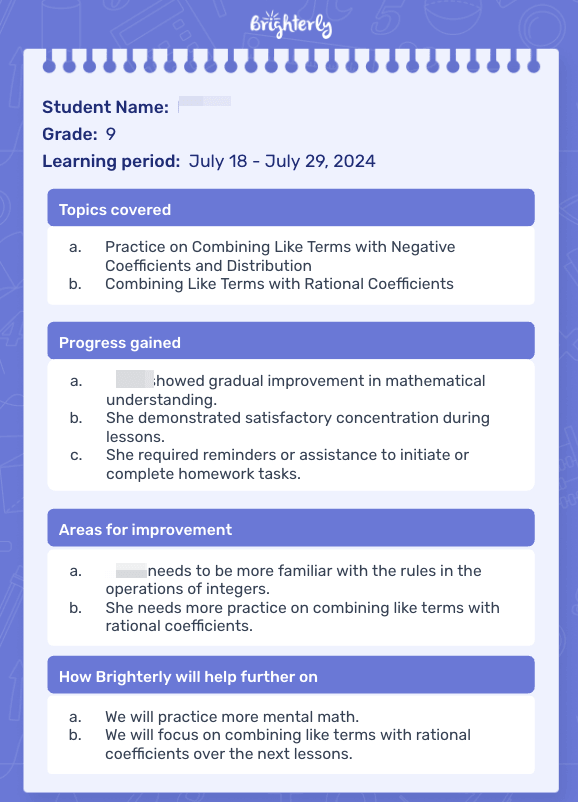
What are the benefits of student progress monitoring?
Student progress monitoring benefit #1: Informed Decision Making
One of the key benefits of monitoring student learning in the classroom is informed decision making.Teachers and administrators can use collected data to make data-driven decisions regarding curriculum adjustments, instructional strategies, and resource allocation.
Student progress monitoring benefit #2: Better Instruction
Educators can adjust instruction by gathering real-time data and tailoring their methods to meet students’ needs. By analyzing this data, teachers can identify learning gaps and address them more effectively.
Student progress monitoring benefit #3: Early Intervention
With many ways to monitor student’s progress, teachers can spot struggling students early on. Next, it’s important to provide them with the necessary help before knowledge gaps become major learning problems. That will greatly boost their chances of succeeding in school.
Student progress monitoring benefit #4: Parent Engagement
Parents need to have regular feedback and updates on student progress. It keeps them informed of how well their kid is absorbing the information they learn in class. All that ensures they can effectively support their children’s learning at home.
Student progress monitoring benefit #5: Adaptability
When teachers and administrators review students’ progress frequently, it allows them to adapt their methods to the needs of the children. That way, they know that their instructional methods remain relevant throughout the academic year.
To sum up, student progress monitoring leads to a more personalized learning experience, informed decision-making for teachers and educators, better instruction, and parent engagement. Without these assets at hand, teachers act in a blinded manner or simply guess about whether their teaching methods are beneficial.
How to monitor student progress?
- Parent or Guardian Communication
- Frequent Assessments
- Classroom Participation
- One-on-One Sessions
- Data Analysis Tools
- Setting Clear Goals
Monitoring student progress method #1:Parent or Guardian Communication
One of the best progress-monitoring strategies that ensure children’s success in the classroom is parent communication. Students don’t stop learning once they leave the classroom; their learning continues at home. Most parents support their children’s learning at home through games, routines, study habits, and private tutoring.
Tutoring platforms like Brighterly, offer various benefits like personalized learning, flexibility, interactive learning, and, most importantly, academic improvement. It can be a valuable tool in supporting children’s learning at home, so keeping parents informed about their child’s progress is key.
Parent or guardian communication involves parent-teacher sessions every couple of months. These conferences provide a great opportunity for parents and teachers to discuss kids’ progress, learning goals, and observations. Parents can share their outlook on how well children advance and make suggestions based on children’s specific learning styles. Teachers can offer home-based activities to support their child’s growth further.
Monitoring student progress method #2:Frequent Assessments
Implementing frequent assessments is key to monitoring how well kids absorb the information they’re given in class. Both formative and summative assessments work well to understand children’s current skill levels and which areas need improvement.
Formative assessments such as quizzes and class discussions give teachers insights into how well students understand the concepts they’re being taught. Summative assessments that include projects and tests allow teachers to evaluate overall performance. This data helps educators analyze and identify trends, and progress, and adjust their learning strategies if needed.
Monitoring student progress method #3: Classroom Participation
Making students participate in classroom activities gives great insights into their unique learning styles and overall progress. Teachers need to observe students. That will help them to understand better children’s attitude toward learning. Such observation is quite beneficial when teachers need to identify areas of strength and those that need improvement and adjust instructions to meet students’ needs.
Monitoring student progress method #4: One-on-One Sessions
One-on-one sessions can help to build relationships, establish rapport, and share experiences. It’s also a great chance for some memories to be made while talking about goals, challenges, areas of growth and even dreams. Active listening, asking questions, offering encouragement and providing students with both personal and academic support are the basics that these meetings should encompass so as to create a safe space where dialogue thrives.
Monitoring student progress method #5: Data Analysis Tools
Having a digitalized platform and an organizational system in place helps to track students’ progress more effectively than manual tracking (paperwork does pile up!). Teachers can create progress binders with all the student’s notes, goals, and assessments. Another way to collect data is to create slim folders or progress cards. Being able to easily find and access the data in case you need to share it with parents and administrators is crucial for effective student progress monitoring.
Monitoring student progress method #6: Setting Clear Goals
Setting clear and definable goals helps students and teachers remain on the same page if students lose focus or motivation. Goals should follow a SMART system: they have to be specific, measurable, attainable, relevant, and time-based.
Documenting these goals is another important part of monitoring student progress. They should be shared with children, parents, and administrators so that everybody sets appropriate expectations for the learning progress.
Progress monitoring in education is also essential for creating an inclusive and supportive learning environment. It’s up to the teacher to create a positive atmosphere as well as adapt strategies for the good of the educational process.
Ways to monitor student progress
Monitoring student progress needs proactive strategies as well as frequent feedback loops. Here are a few ways to progress monitor students in both virtual and traditional classrooms:

Establishing Expectations
Students and teachers need clear learning objectives like:
- Defined measurable learning goals for each lesson, week, and semester. It helps students understand what they need to do to succeed, as well as stay focused and motivated.
- Communicated objectives, expectations, and grading schemes. The clarity here allows children to understand the requirements and the responsibilities they have to fulfill.
Using Student-Centered Approach
This approach allows for interactive and personalized learning experiences, fostering a more supportive learning environment. Tutoring platforms like Brighterly utilize this method to the fullest, allowing children to focus on learning through interactive activities and minimizing stress factors like lack of engagement, limited support, and increased pressure. That allows Brighterly’s tutors to gain more insight into how well the kid’s progress is, which leads to better assessment and progress monitoring.
Fostering Communication and Collaboration
Regular check-ins with students (individually or in small groups) to discuss their progress and address concerns and questions are important for fostering better communication and collaboration. Encouraging peer interaction and teamwork helps children feel a sense of community and accountability. The use of active breaks and interactive games also boosts children’s confidence and encourages them to build communication skills.
Putting students into small groups allows them to communicate their experiences and what they’ve learned more effectively without the pressure of being on the spot in front of the entire class. This way, they can prepare answers together and deliver them by a representative of their group.
Conclusion
To sum it all up, tracking student progress is an important part of every educational setting. Children are constantly going through a series of homework, tests, assignments, and projects to track their performance. But it doesn’t necessarily mean good progress monitoring.
Teachers and administrators have to adapt their strategies based on children’s needs, including feedback loops, one-on-one sessions, a SMART goal-setting system, and establishing a student-centered approach.
If you’re looking to build up your child’s math learning experience and have great insights into how they get on, all you need to do is find an expert-driven tutor ready to boost your kid’s potential.
Book a free tutoring session with Brighterly now and see how amazing it is to have your kid advance in math!

